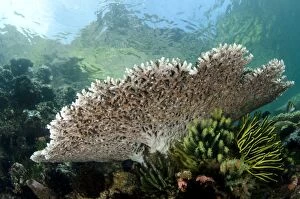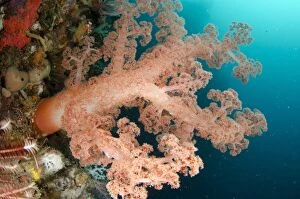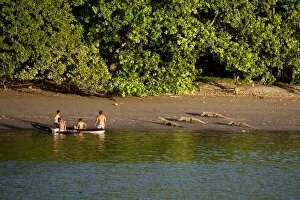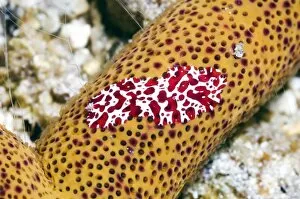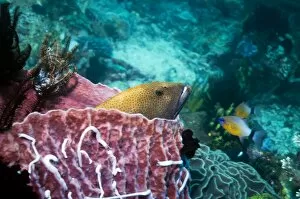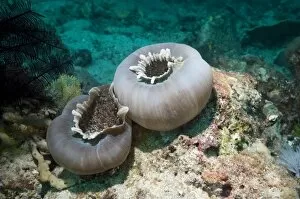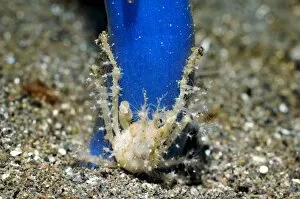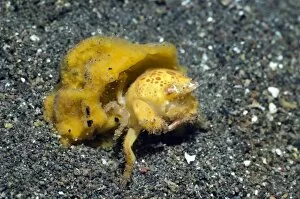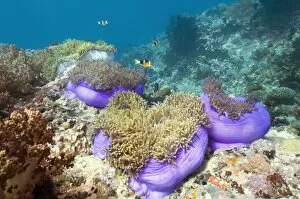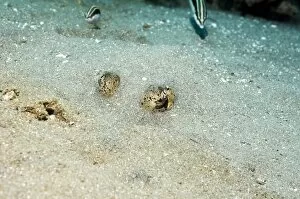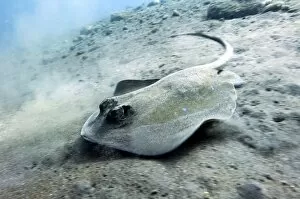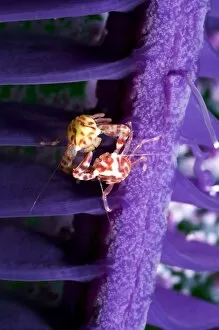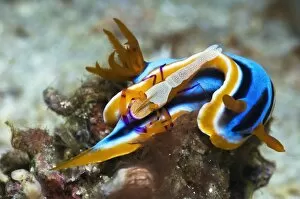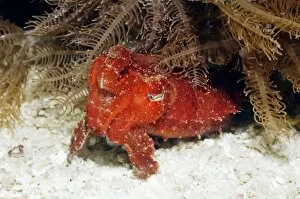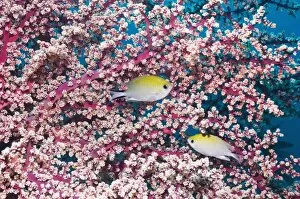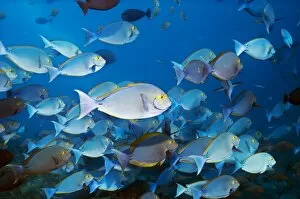Rinca Collection (page 4)
Rinca Island, located in the stunning Komodo National Park in Indonesia, is a paradise for nature enthusiasts
All Professionally Made to Order for Quick Shipping
Rinca Island, located in the stunning Komodo National Park in Indonesia, is a paradise for nature enthusiasts. One of its most iconic residents is the mighty Komodo Dragon (Varanus komodoensis), a fearsome creature that roams freely on this island. These magnificent reptiles can grow up to 10 feet long and are known for their powerful bite and venomous saliva. But Rinca's wonders don't stop at the Komodo Dragons. Underneath its crystal-clear waters lies a vibrant underwater world filled with fascinating creatures like the Nudibranch, an exquisite sea slug displaying an array of dazzling colors and patterns. As you explore further, you'll encounter another majestic sight: large shoals of Horse mackerel schooling together in perfect harmony. The shimmering silver bodies move as one, creating a mesmerizing spectacle that will leave you breathless. Venturing deeper into Rinca's marine ecosystem reveals more hidden treasures. The Purple sea pen gracefully sways on the sandy seabed, adding a touch of elegance to this already enchanting environment. Its delicate beauty contrasts with the Feather duster worm (Sabellidae), which proudly displays its feathery appendages to capture passing nutrients. For those who dare to delve even deeper into Rinca's depths, an extraordinary kaleidoscope awaits them. Brittlestars dance upon Sea pens, forming intricate patterns against the backdrop of colorful corals and sponges. This surreal scene is like stepping into another dimension where every corner holds surprises waiting to be discovered. Rinca Island truly captivates all who visit it – from adventurers seeking encounters with ancient dragons to underwater enthusiasts yearning for glimpses of rare marine life. With each step or dive taken here, nature lovers are rewarded with unforgettable experiences that remind us why protecting these fragile ecosystems is crucial for future generations.

